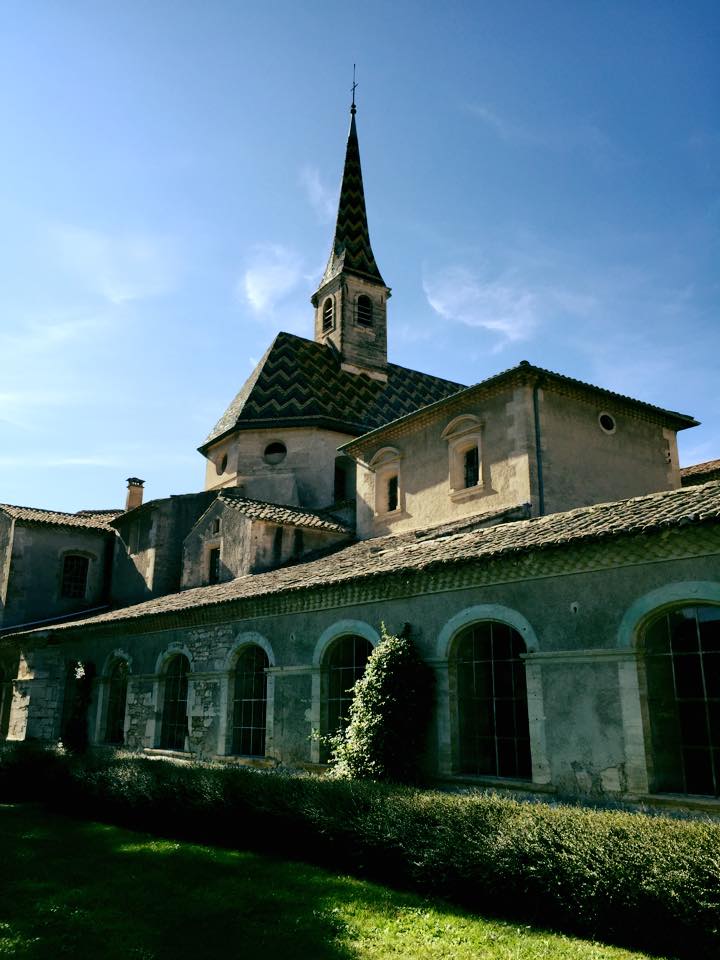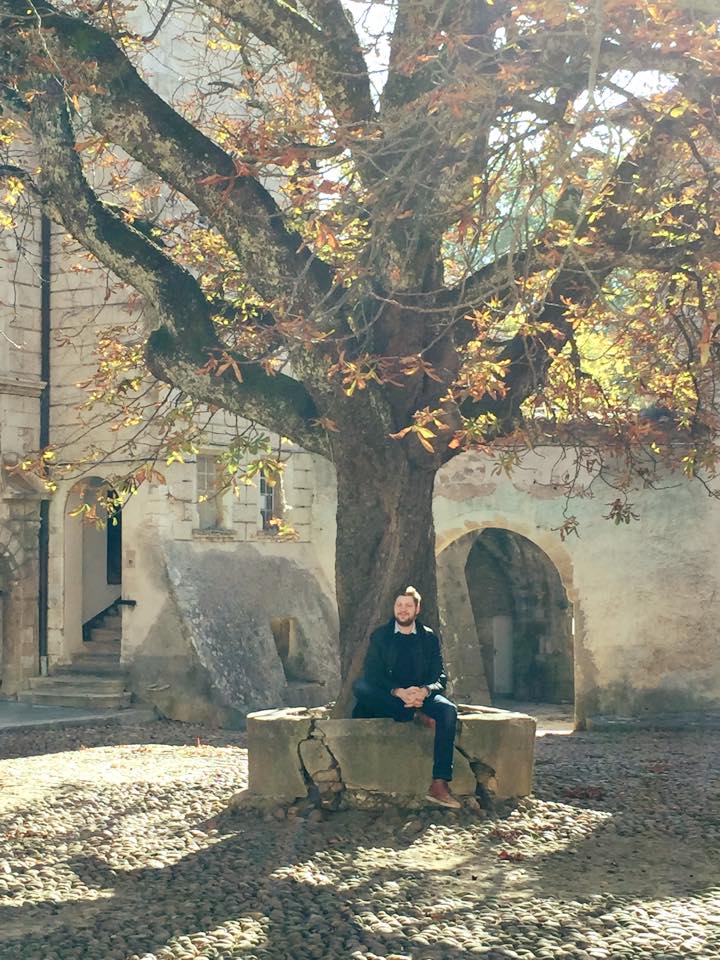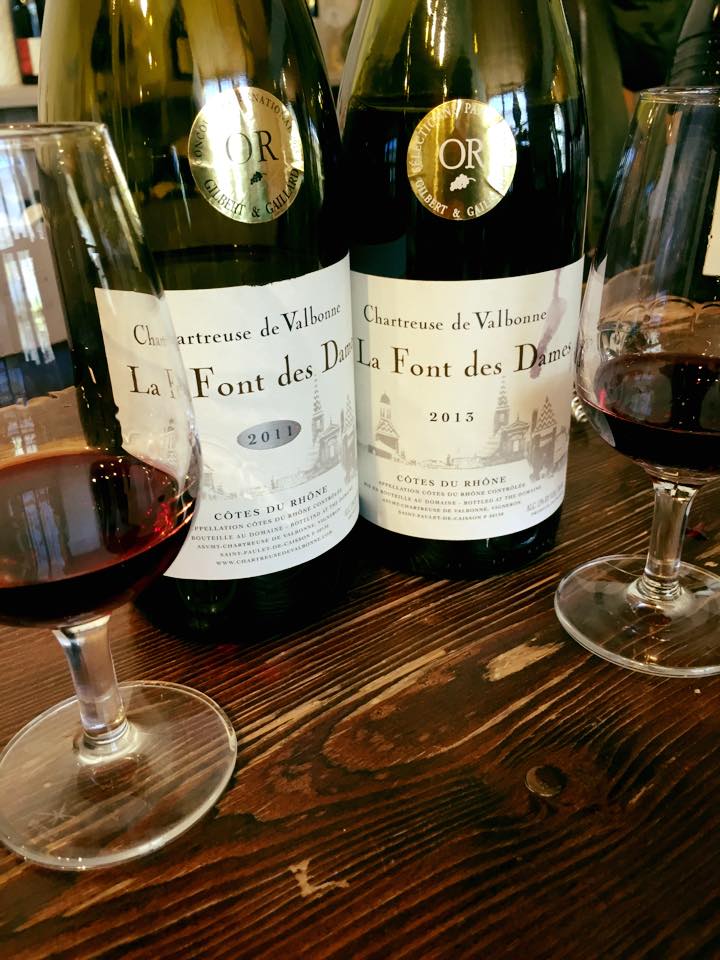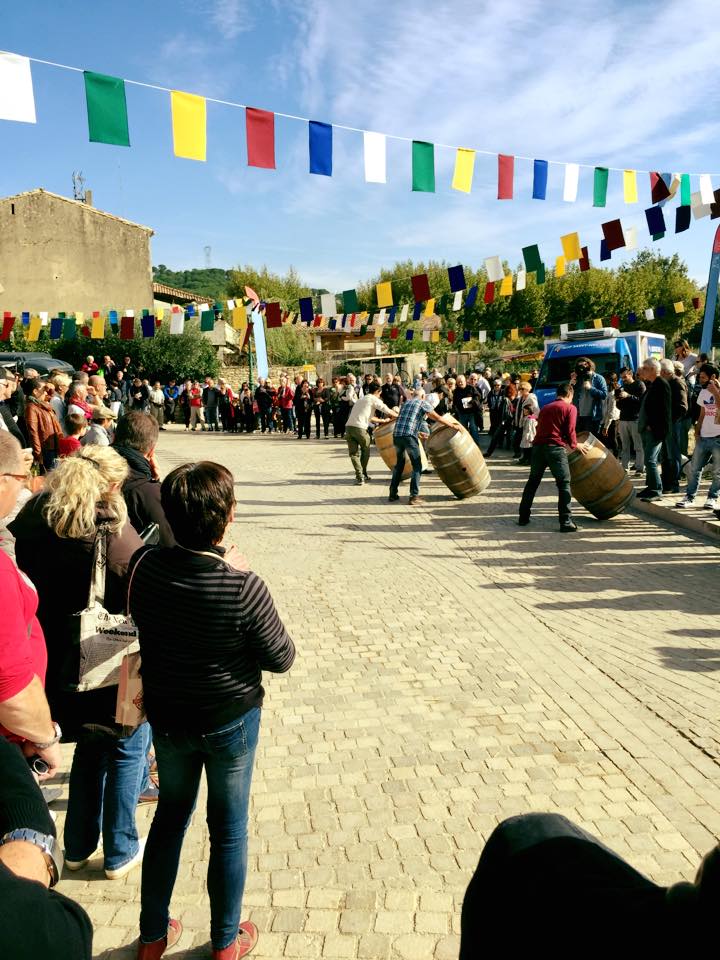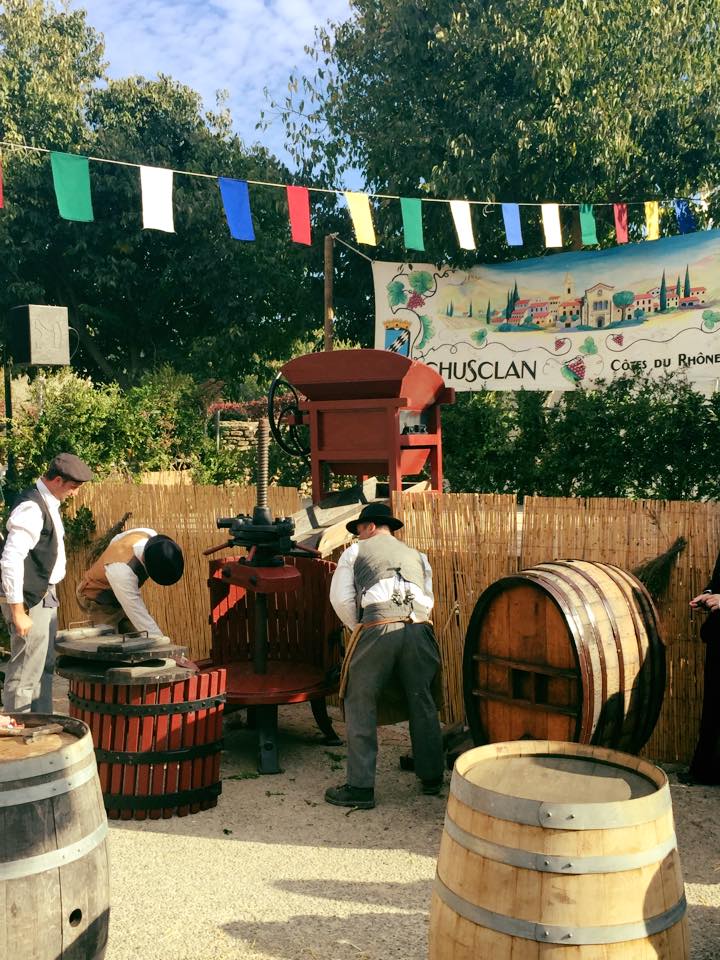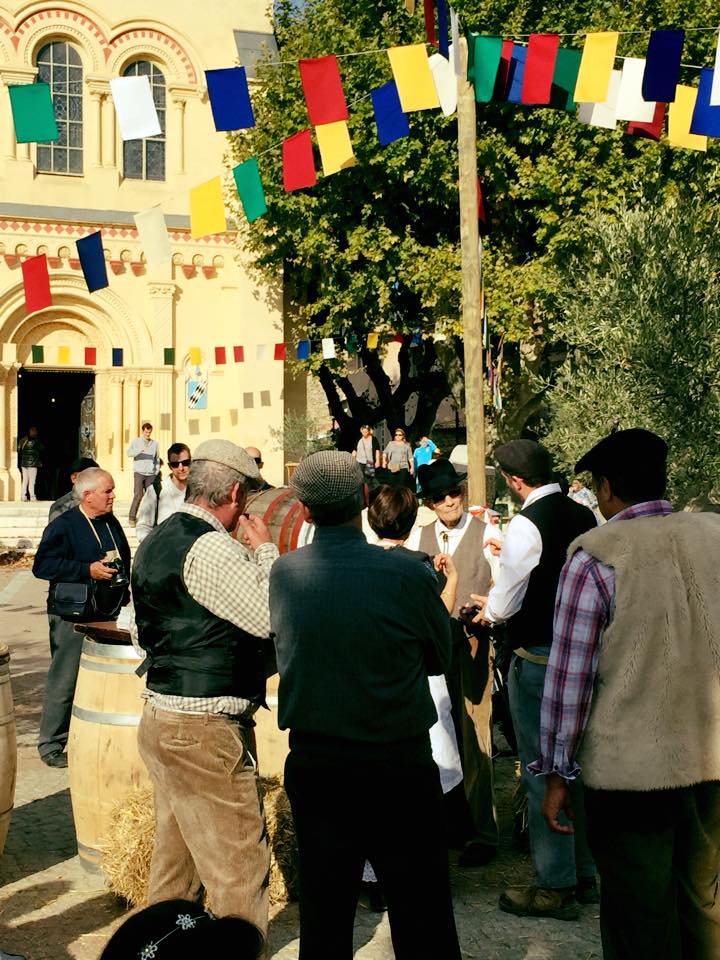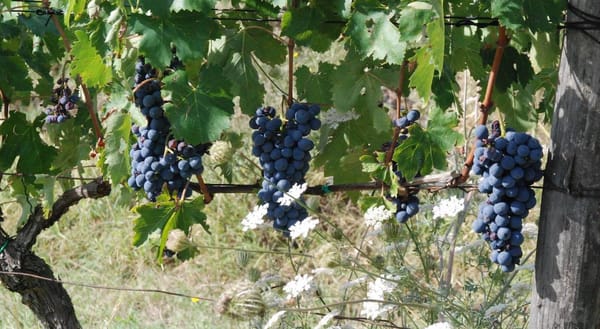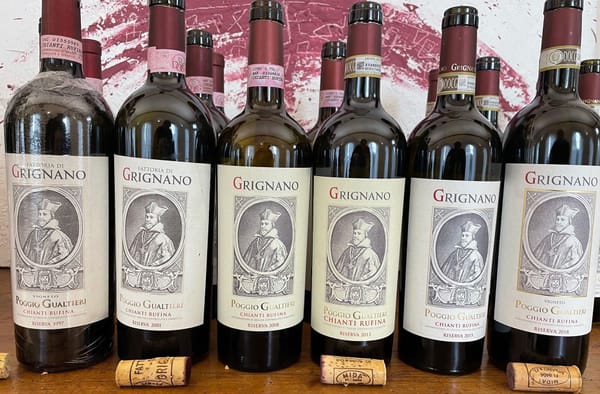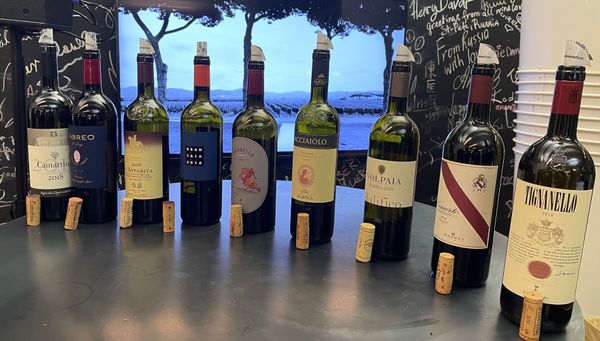Touring the south of France
Courtesy of Le Gard tourist board and The Foxley Docket magazine I've been on the road around around Nimmes looking at the wines and food of the region.
Le Gard is one of those places you associate with the La belle vie. Think long rustic lunches of hearty French cuisine, mopped up with crusty bread and washed down with local wine. This is followed inevitably by a generous snooze and a swift return to the table for more of the same.
What fortune then, to find myself dispatched by the Foxley Docket to this stunning region of food and wine to enjoy the two against a backdrop of fascinating history and cultural heritage. I aimed to return fully versed (and sated) in the cuisine of this curious land.
As a relatively small department in Languedoc-Roussillon-Midi-Pyrénées, Le Gard only has a touch of Mediterranean coastline; nevertheless, it is this maritime influence that shapes the culinary output of the area.
Wine in particular takes on a distinctive sense of place here. The Costières de Nîmes AOC allows for a number of grape varieties, both red and white, but all find their personality in the cooling sea breezes that drift in land across the stony vineyards and ventilate the 12,000 hectares of vines that spread north toward the Rhône Valley.
These near perfect conditions have been desirable throughout history; the stunning views of medieval fortifications that litter the countryside are testament to the defence of such precious territory.
Saint-Laurent-des-Arbres is one such treasure worthy of an afternoon. Visitors should follow the cobbled streets amongst stone cottages and castle walls or experience the hidden passages and stairways of the town's ancient buildings.
Likewise, the ramparts and towers of Aigues-Mortes also paint a vivid picture of 13th century life. Looking out over turreted walls at the salt plains below, it's not difficult to conjure images of pilgrims, crusaders and a sea of ships heading east. Naturally, such immersions in local history make for an excellent pre, or indeed post lunch activity.
Nowhere in the region is the link between wine and Le Gard's past so evident as at the Mas des Tourelles, on the edge of Beaucaire, a winemaking operation with considerable Roman patrimony. Endless artefacts have been recovered on the property and are now stored in a recently constructed replica of a Roman cellar complete with wooden press and stone funnels.
You can visit at harvest time and find yourself transported back to Roman Gaul as labourers in tunics rigorously tread the grapes and infuse the resulting juice with honey, fenugreek and wild herbs before setting them aside to mature in clay amphora.
The atmosphere in Le Gard is clearly rooted in antiquity. The presence of the ancient world is everywhere. If you can only see one aspect of this in detail though, head over to the awe inspiring Pont du Gard, a first century aqueduct that powerfully crosses the Gardon River and delivers an imposing reminder of Roman colonial power.
If that doesn't suffice, the city of Nîmes is essentially an open-air museum of Roman monuments and ruins. Follow the waterways through quiet squares, romantic gardens and past charming Cathedrals. There's something for everyone here, whatever your interest in the classical past. Stop along the way at fresh food markets and cosy wine bars before reaching the colossally impressive amphitheatre. It's worth taking the time to go inside. Standing in the arena, submerged below the stone seating, gruesome gladiatorial battles will undoubtedly come to life.
Such endeavour should be rewarded with a fine dinner. Head for the backstreets and search out Vincent Croizard’s intimate and creative take on fine dining. It's off the beaten track and from the unassuming entrance you may feel you are in the wrong place. Persevere however, for this is one of the region's great eating experiences.
Here combinations such as oysters and bull steak or stuffed pork and seaweed cabbage are partnered with a wine list capable of thrilling even the most demanding vinous critics. Cult names from most of the appellation’s villages can be found alongside the finest Bordeaux, Burgundy and Champagne, all backed up of course by approachable and knowledgeable sommeliers.
Nîmes is in fact a true gourmet city. If you want something more traditional there’s the Brandade de Nimes, still the city’s most famous dish since its conception in 1830. Salt cod is poached in milk and then beaten with olive oil to make a smooth, white puree. It is served hot or cold and ideally with shavings of black truffles from nearby Uzès.
The best time to catch Le Gard in all its gastronomic splendour is just off peak, either late spring or early autumn; this way you can avoid the frenzied clamour of summer crowds and can indulge at leisure amongst the vines and medieval towns. With airports in Montpellier and Nimes, Le Gard makes for the perfect short break or week away.
After jetting in I suggest taking a morning stroll along one of the many country trails that wind their way out from Chateau Mourgues du Gres in Beaucaire. On fresh, sunny days, near the sea and a stone’s throw from the Cévennes, you can absorb the scents of garrigue, olive groves, vineyards and chestnut woods.
And with a healthy walk under your belts it's time to think about lunch. Nudge the appetite along with a glass of Anne and François Collard’s ‘Les Gallets’ rosé, a deeply coloured marriage of Syrah and Grenache that cleanses the palate with harmony and balance. While uncorking the Syrah based ‘Terre d’Argence’, you'll probably smell the delightful fragrance of home cooking emanating from the kitchen, a perfect partner for these excellent wines I'm sure you'll agree.
For a more in depth culinary undertaking, stay among the rustic provincial charms of Domaine des Clos where homemade breads, jams and condiments fill the breakfast table and await the early riser. Cooking classes are available with a local chef who will guide you through seasonal produce and go to long, expressively French lengths to emphasise the differences between Le Gard, Camargue and Provençal cuisine. Nod and smile, for they all taste excellent.
Driving through the winding roads of the Camargue, an area of natural river delta just south of Arles, you'll see the symbol of of Saintes Maries de la Mer. It adorns buildings, is tattooed on arms and ankles and is worn by locals with a sense of fierce pride. It's a must see. The area is home to flamingos, rice paddies, white horses and wet marshes, yet it is the black, long horn bulls that roam free that offer the biggest nod to cultural identity here.
Bulls are part of everyday life in the Camargue and their importance is highlighted throughout the year at one of the many dedicated fights and races. Young men spend whole afternoons teasing and taunting them in front of jeering spectators, getting as close as possible before jumping out of the way in the nick of time. It is a traditional game of chivalry that requires honour and loyalty from both man and best. Regardless, it's thirsty work and rewarded (I hope) with a generous helping of vin rouge.
Of course, nothing beats the feel good excitement of a winemaking village that has picked the final fruit of a great harvest. It is an atmosphere of infectious positivity and noticeably different from the anxiety that festers among the dark clouds of lesser vintages.
In Chusclan the community is brought together with a vendage d’histoire where the village elders gather to inspect the quality of the crop in traditional costume. Younger generations look on at these purple mouthed sages, watching them chew grape skins and pontificate on sugar levels, waiting of course for them to pronounce the crop une bonne année so that all night singing and dancing can begin. Having liberated one final 'beaker of the warm south' my work was done.
